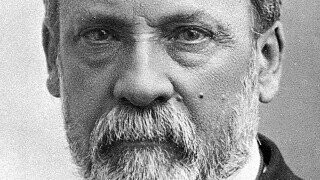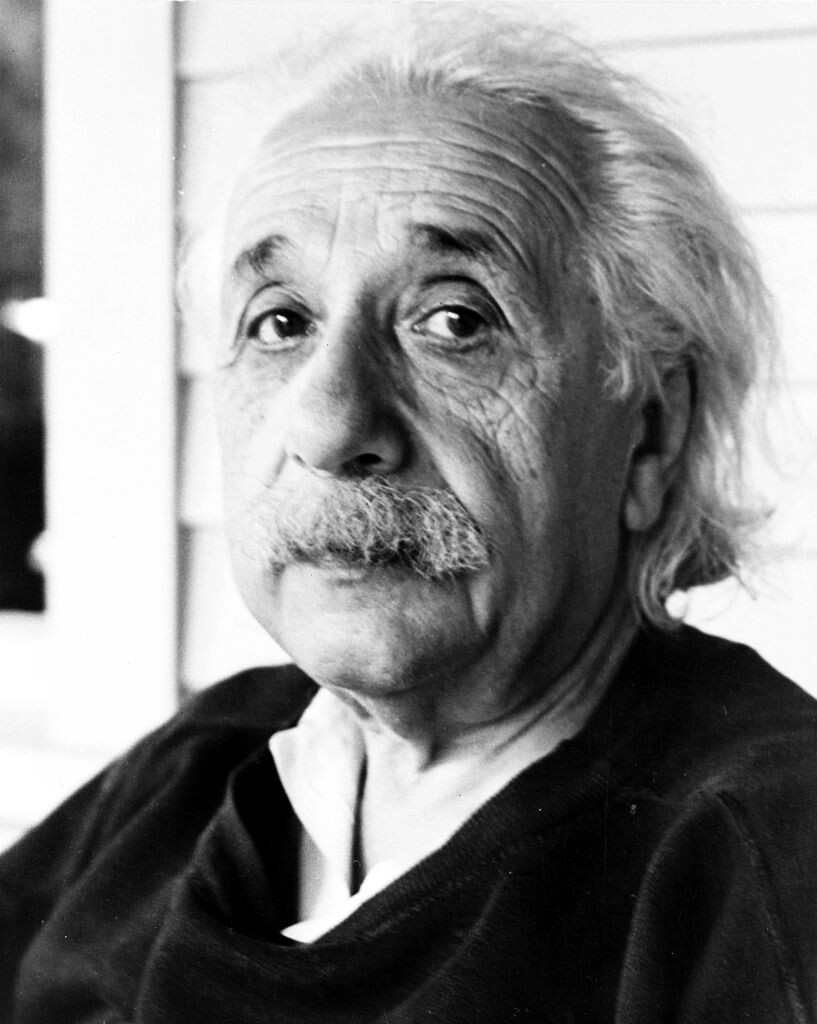4 Scientific Theories That Later Had to Be Walked Back

When scientists take to the papers and television with some new, exciting, freshly unraveled mystery of our universe, there’s not much to do but accept it as fact. After all, who are we, simple plebeians with our liberal arts degrees, to question them and their test tubes? They publish their results, and then those results are interpreted and reported, with widely varying degrees of accuracy, by some news sources, and we’ve got a brand new truth telling us why cilantro tastes bad to some people, or why spiders have eight legs.
Generally, it’s the right tack to take. Taking science with a grain of salt might be, for some people, the first step to becoming some sort of sign-bearing flat-earther who thinks scientists are Soros (read: Jewish) operatives trying to get us to prop up the reusable grocery bag lobby. It’s also true, though, that not all scientific theories, even ones that are pretty readily accepted at the time, age quite as well. Who knows if some of our beliefs about the human body, given a couple centuries, are going to turn out to be as accurate as the idea that diseases are caused by bile levels and demons.
Don't Miss
To that end, here are four scientific theories that later had to be walked back…
Einstein’s Biggest Blunder

Questioning the intelligence of Albert Einstein is a quick way to roll the eyes of everyone around you. You don’t become the mental image of the word genius without getting a whole lot of stuff right. That still doesn’t mean, though, that Einstein was batting a thousand when it came to his theories. In fact, he had one specific idea about the universe that turned out to be blatantly wrong, and one that even high-school students would question at this point. It was such a misstep that it’s known as “Einstein’s Biggest Blunder.”
The base of this mistake was Einstein’s assumption that the universe was static, neither expanding or contracting. It came from his attempts to build a model of the universe that followed his own laws of relativity. Unfortunately, the idea that everything in the galaxy is staying put was blown up by future famous telescope namesake, Edwin Hubble. Hubble used redshift, a measurement of the increase in the wavelength of electromagnetic radiation, to show that other galaxies were all moving away from Earth (at a speed relative to their distance, but we can skip that part) in a constantly expanding universe. This also kicked off the idea of the Big Bang Theory, paving the way for a mediocre sitcom decades later.
Cold Fusion

If you were around in 1989, you might remember the scientific explosion of interest in the idea of “cold fusion.” You might also wonder what the hell happened to it, given that it was painted as a massively important scientific discovery that would vault us into the future. Well, you might also know that scientists are obsessed, for good reason, with successfully reproducing test results. After all, if something’s supposed to be the truth forever now, you should be able to do it more than once. That’s where cold fusion failed to make the cut.
I’m not going to try to explain cold fusion in full detail, because that would end with my brain dripping out of my ears like pink queso, but here’s a very shallow overview. First of all, “cold,” in this case, doesn’t mean anything approaching freezing point. It just means nuclear fusion that can occur at room temperature instead of notably hotter places like, say, the inside of a star. This is what Martin Fleischmann and Stanley Pons thought they had achieved. They maybe should have tried it a couple more times before ringing up the rest of the globe, though, as it’s never been able to be reliably reproduced. Their results are now generally considered “experimental error,” a scientific way to say “they fucked up.”
Spontaneous Generation

Knowing whether or not cold fusion is possible is not something that’s going to come up in casual conversation. Even if it does, whoever you’re chatting with has a pretty good chance of not knowing, or honestly caring, whether you’re right or wrong. Start spouting the ideas behind the antiquated theory of spontaneous generation, however, and even the least scientific among us are probably going to suspect some level of mental issue. From a modern viewpoint, spontaneous generation is closer to alchemy than any reasonable science.
The basis of spontaneous generation, which was believed by a remarkable amount of people for a remarkable amount of time, was that living organisms could be created from non-living matter. You can see how that would be a particularly jagged tortilla chip to choke down in the year 2023. Funny enough, the experiment that disproved it is on full display nowadays in every supermarket, in the form of pasteurized milk. Pasteur’s experiments proved that new organic matter didn’t just show up. By boiling beef broth in a swan-neck flask, which kept the contents sterile, he showed that the boiled broth exhibited no growth while the neck was intact, but when the neck was snapped off, the broth would start exhibiting microbial growth. Now, the same principles are used to keep milk decidedly more drinkable over time.
The Stanford Prison Experiment

The last entry here isn’t a theory, per se, but it is one of science’s most popularly cited experiments: The Stanford Prison Experiment. It’s crossed the boundaries of academia into a general touchstone for the idea of human morality, and it pops up pretty much any time a human does something horrible to another human. You probably know the basics: When people were split into two groups of guards and prisoners and left to their own devices, the “guards” went straight Gestapo on the unfortunate short-straw-drawers. For the general public, that’s where the story ends.
Scientists, though, have a lot more grumbling to do about the experiment, and many of them have cast the validity of the experiment into question. An article by Ben Blum a couple years ago on the flaws involved seemed to finally spur a long-simmering backlash against the experiment. He questioned details like the guards being specifically told to “be tough” and prisoners that claimed in retrospect that they’d been acting. The article made enough waves that Vox ended up seeking a defense from the professor behind the experiment, Philip Zimbardo, which got slightly heated.
Most people aren’t going to call the experiment a whole-cloth sham, but it’s definitely not a rock-solid reference anymore.